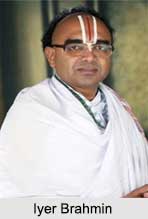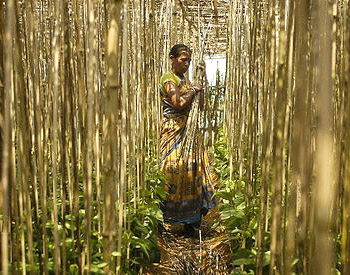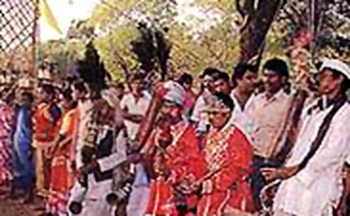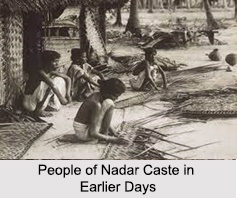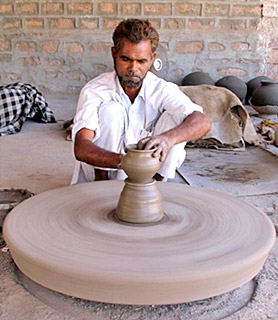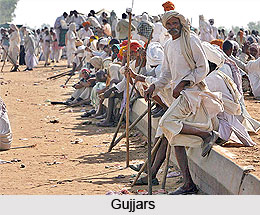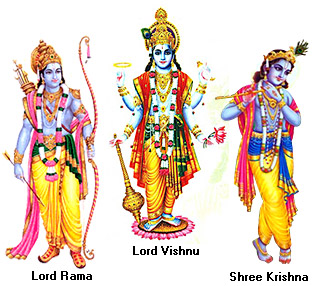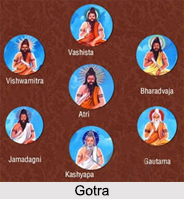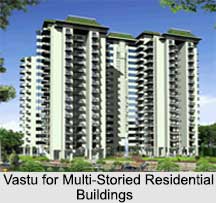 Vastu for Multi-Storied Residential Buildings are quite difficult to build according to the Vastu set of rules, whereas residential house can be easily built. Multi-storey Buildings are those buildings, which have many floors. Builders usually utilize each and every nook to built small space in multi-storey which is sometimes opposite to Vastu principles.
Vastu for Multi-Storied Residential Buildings are quite difficult to build according to the Vastu set of rules, whereas residential house can be easily built. Multi-storey Buildings are those buildings, which have many floors. Builders usually utilize each and every nook to built small space in multi-storey which is sometimes opposite to Vastu principles.
Vastu Rules for Multi-Storied Residential Buildings
Vastu compliant buildings prove to be successful and famous however due to dearth of space in multi-storey buildings it is difficult to have everything according to Vastu Shastra. But still there are some basic Vastu rules pertaining to infrastructure that can be followed up to discard or overcome negative effects that may arrive in multi-storey building. They are as follows:
•Choose rectangular or square plot to construct multi-storey building.
•Entrance of building should be made in East or North.
•There should be much more space towards North-east while here playground or lawn can be constructed to use the space properly.
•North-east in multi-storey building should be sloped while South-west portion should be raised.
•Avoid planting huge trees just near the multi-storey building but they can be planted at some distance.
•Avoid any obstruction in the entrance gate of multi-storey building.
•Under-water tank or bore-well should be constructed in North-east while over-head tank can built in South-west.
•Dumping room or store room for waste materials must be made in South-west.
•Toilets in multi-storey building must be made in North-west or West.
•Bathroom can be constructed in North-east or North-west but make sure water drainage from bathroom is made in North-east.
•Kitchens in all apartments must be planned in the South-east direction. The kitchen must never be close to a bathroom or the temple.
•Rooms in the multi-storey building made facing east so that morning sunlight rays falls in the room.
•All flats must have windows and ample ventilation towards the Northern and Eastern direction.
•Stairs in multi-storey building must be made in South or West portion.
•Open patio or balcony must be given in East or North.
•The parking for vehicles in a complex with multi-storey apartments must be planned towards the mid-northern or western direction.
Vastu Consultation for Multi-Storied Residential Buildings
Vastu Consultation of multi-storeyed buildings involves thorough analyses which are as follows:
•Proper location of the flat regarding adjoining flats.
•The exteriors and facing of the flat.
•The location of the beams
•The direction of the Entrance
•The direction and placement of the windows
•The direction and placement of the rooms
•The direction and placement of the furniture
•The direction and placement of the lift
•The direction and placement of the overhead water tank
•The direction and placement of the swimming pool
•The direction and placement of the electrical equipment like generators
•The direction and placement of the stairs
•The height of the upper floor should be less than the ground floor height.
•The upper floor doors should not be at the same place of the lower floor door.
•There should be a little difference in case of all the floors.
•Do not place bedrooms in the North-East corner, because it is not an auspicious place for sleeping.
A true architect and a true Vastu professional can understand the harmony of living and structure. So it is always good to follow the basic and traditional trends of building Vastu while constructing a multi-storied building.










